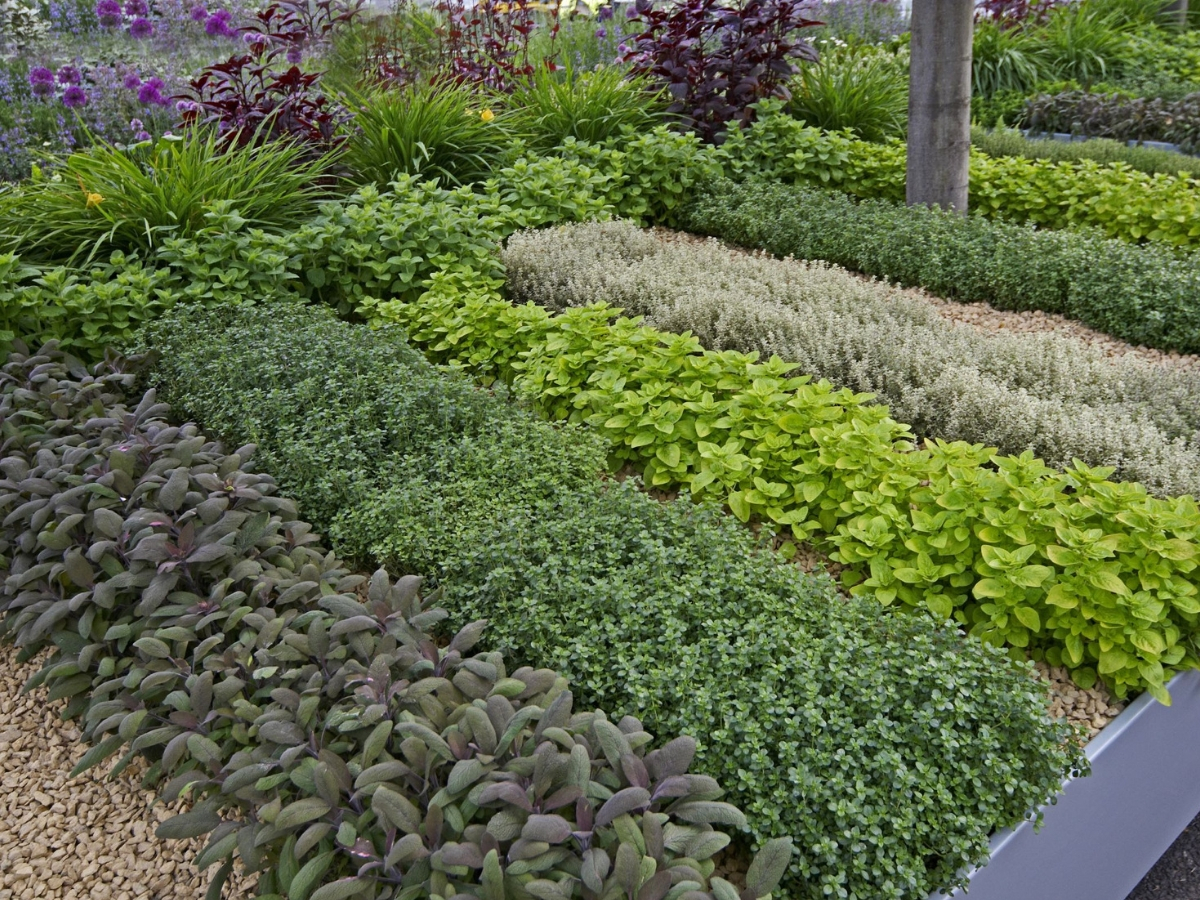Zucchini and other pumpkins are one of the easiest and most prolific vegetables to grow in your garden. Even if you’re planning your first garden, your crop may be the envy of your neighbors with a few zucchini seeds and a sunny summer climate. Growing an abundant crop of summer and winter squash or other types of pumpkins is very simple, and you’ll have lots of pumpkins to share.
Plan Your Pumpkin Crop
Zucchini and other pumpkins do not need much preparation work. They generally do not tolerate cold soil or air, or frost, and their roots do not develop well when transplanted. All this is good for you because you can sow pumpkin seeds in late spring after the soil has warmed up and sow your seeds directly into the garden soil that receives all the sunlight. There is no need to start sowing seeds early indoors or buy pre-sewn plants from a plant store.
Do not sow pumpkin seeds until at least two weeks after the last frost expected in your area. If you are not sure when this will happen, your county extension officer can help you. When it’s time to plant, it’s a good idea to do “sequential seeding.” By sowing seeds every two or three weeks during the summer, you can maintain a steady crop of pumpkins until the cold of winter. Successive harvests also help to improve pollination, resulting in more extensive and more plentiful crops for you.
Choose the Varieties of Pumpkin
When you plant pumpkin seeds or other plants, you are not limited to the varieties available in your local store, as this gives you a large number of pumpkin varieties to enjoy. Choose from traditional types that have been planted for generations, such as the dense, hazelnut-flavored Costata Romanesco Italian zucchini, or try the sweet yellow pumpkin. You may want a new variety that is resistant to disease and pests, and by sowing the seeds, you have a choice.
Pumpkins are either summer or winter, depending on when they are ready to eat. Soft-skinned summer squashes, such as zucchini, ripen quickly and are often ready to eat within the first two months after planting. Winter squashes, such as Des Moines squash, take at least three months or more to mature and develop a thick skin. But if they have thick skin, they also last longer. Seed packets contain this information. Like cucumbers, pumpkin varieties are shrub or vine varieties. If your garden is small, shrub varieties are an excellent choice.
Help Pollinate Your Plants
Pumpkin plants depend on insects to pollinate the flowers produced by their crops. Without good pollination, the fruits are small, shriveled, or deformed. You can help nature pollinate pumpkin flowers by doing it yourself. Pollination by hand ensures that the work is well done and is great fun for adults and children, but don’t be surprised if you find small pumpkins sleeping inside the flowers.
Pumpkins have separate male and female flowers that are easy to distinguish. The male flowers have long, thin stems, while the female flowers have thick stems with a bulge under the petals, and this bulge is what will become your pumpkin. Cut the male flower with its stem and gently remove the petals. Leave the center covered with pollen intact. Use the pollinated stem like a paintbrush to paint the center of the female flower with the pollen. Once you’re done, you’re officially a pollinator!
Harvest and Enjoy Your Pumpkins
You can start enjoying your pumpkin harvest before the fruit appears. Chefs love pumpkin blossoms for their color and sweet pumpkin taste, and they use them in many ways. They cut the flowers and leave a short stem so that the flower stays whole. Look for the male flowers and not the female flowers that produce the fruit. You can sauté, stuff, or fry pumpkin flowers or cut them and use them in soups, salads, and pasta.
Harvest and eat summer squash at any stage, even when they are tiny and still attached to the flower. Harvest them regularly and don’t let them get too tall, as they taste best when young and tender. Fresh summer squash can keep one to two weeks in the refrigerator. Harvest winter squash during fall when their colors intensify and their skins harden. Store them in a cool, dark place to last for several months over the winter. With zucchini and other pumpkins on your gardening list, you can plan to have plenty of pumpkins for your table and that of your neighbors.


